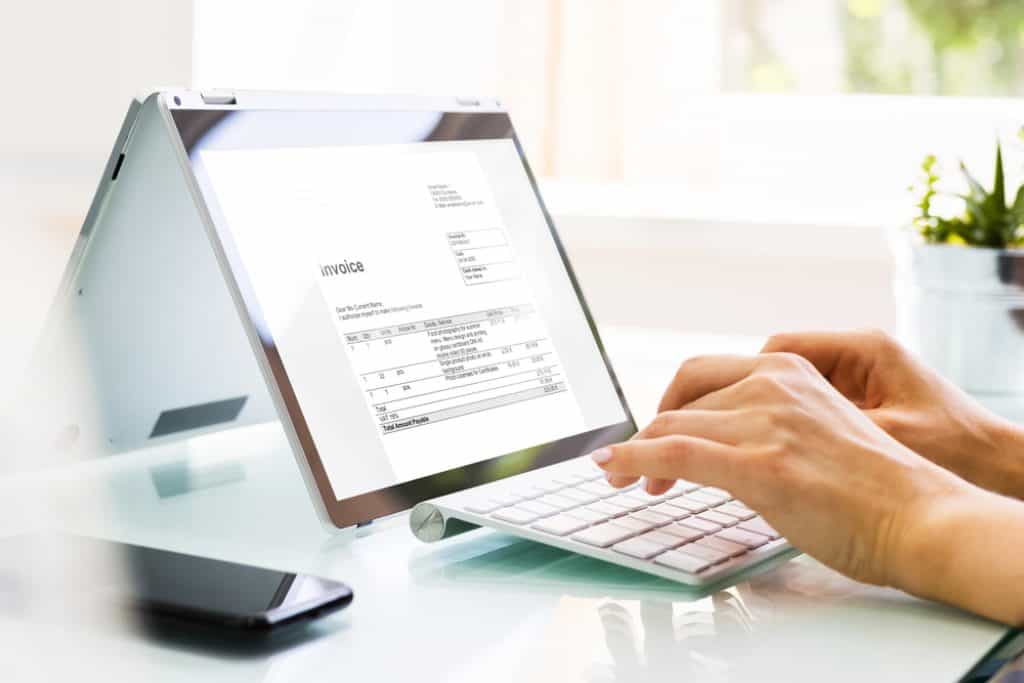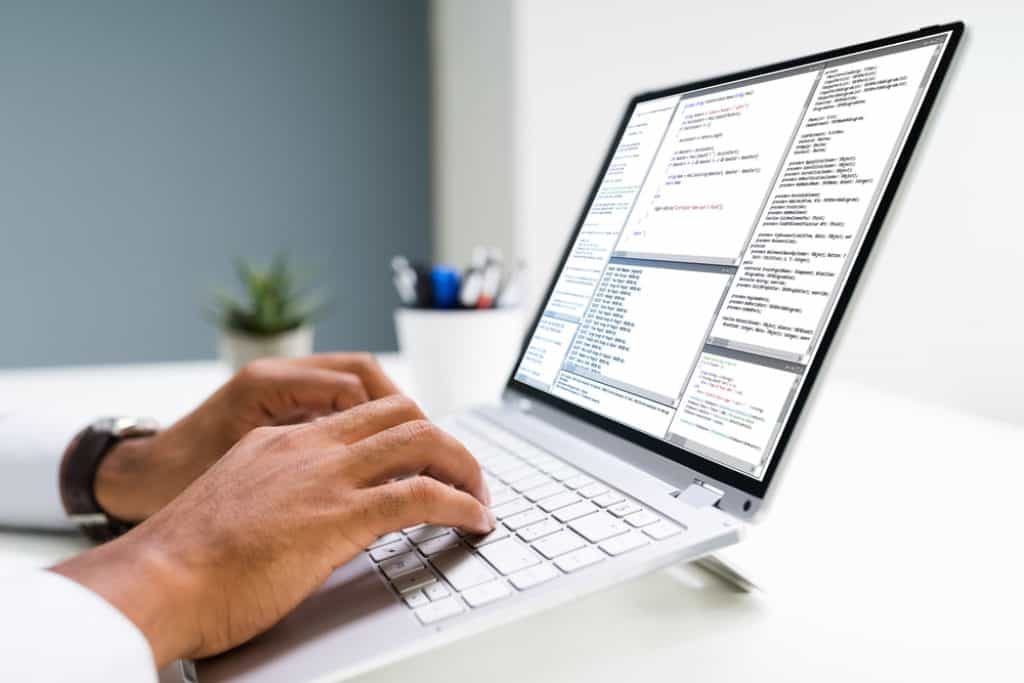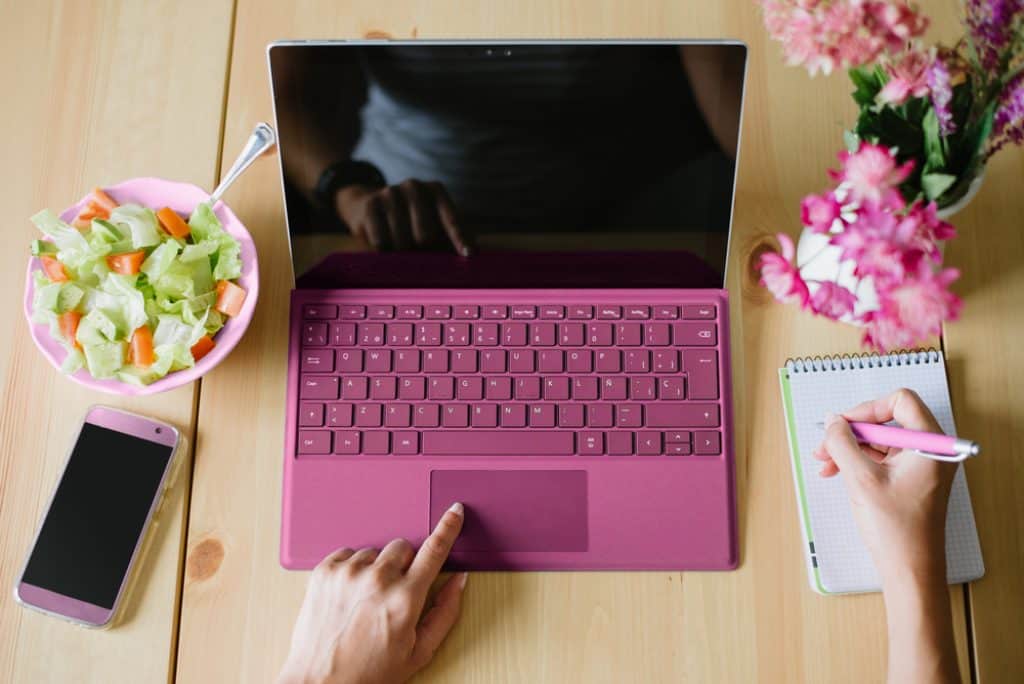In this review, I will give a detailed description of the Surface Pro 7’s general design. Additionally, I will give an analysis of its performance in areas such as processor, memory, graphics, storage, and battery. Moreover, I will include benchmark results and comparisons with close competitors. Furthermore, I will include ratings after each section’s evaluation. At the end of this review, you will be sufficiently acquainted with the Surface Pro 7 to decide if it is worth buying or not.
Microsoft Surface Pro 7 Review: My Initial Thoughts
With the Surface Pro 6 offering a meager improvement from its predecessor, Surface Pro 5, one would have expected a better overhaul with the Surface Pro 7. However, the only improvement we could point out is a slightly better performance and the inclusion of a USB Type-C port. Nevertheless, the Surface Pro 7 still manages to feature on ranking charts even in 2021. For instance, according to USnews.com the Surface Pro 7 ranks 5th among the best 2-in-1 laptops of 2021. Additionally, the Surface Pro 7 ranks 4th among the most affordable laptops of 2021. Although, at a starting price of $799.00 (as of July 2021) excluding the cost of the essential accessories, it might be difficult to call it affordable. However, the Surface Pro 7 is truly more affordable than full-fledged laptops with similar specifications. All this been said, let’s scrutinize the design and performance of the Surface Pro 7.
Microsoft Surface Pro 7 Design, Dimension & Weight Review
The Surface Pro 7 still maintains the same design as the last four editions of the Surface Pro series. It also comes with an aluminum alloy build with matte-black or platinum-silver color options. The 12.3-inch display is still as vibrant and sharp as its predecessor’s. However, as much as we wanted slimmer bezels, we’re still stuck with the same thick bezels from the previous editions. The top bezel of the screen is home to the 5 MP front-facing camera for making video calls. The front camera also supports Windows Hello for a seamless login to Windows via facial recognition. In addition to the front-facing camera, Surface Pro 7 also has an 8 MP back camera. Straight out of the box, the Surface Pro 7 is a nice tablet with a very sensitive touchscreen. The Surface Pro 7 does not ship with the Surface Pen which isn’t an essential accessory anyway. However, if your main purpose of buying the Surface Pro 7 is to make annotations or sketches then you need the Surface Pen. Thankfully, the Surface Pen is a worthy investment. It has a smooth rubbery tip that glides smoothly on the screen making writing or drawing very easy. There’s also an eraser button that pulls up Sticky Notes on a long press and opens Microsoft Whiteboard when clicked. Moreover, the Surface comes in a variety of colors to match the Type Cover. Moving on to the integrated kickstand, it also hasn’t changed from the previous edition. It can be pulled from the back of the tablet to prop up the screen. The kickstand is firm enough to hold the screen in place while drawing with the Surface Pen. Additionally, you’ll find the chrome-like Microsoft logo on the kickstand. Furthermore, the kickstand still supports a wide-angle of 165 degrees. With 165 degrees, you can position the screen at any angle you want including an almost flat positioning. When it comes to the Type Cover, it still maintains its excellence from the previous edition. The Type Cover attracts an extra cost nonetheless, it is an essential accessory that is worth its price. The Type Cover is available in black plastic materials or varieties of colors made of Alcantara material. Specifically, the Alcantara Type covers come in colors like burgundy, black, platinum, and cobalt blue. As expected of the Surface Pro series, the Type Cover attaches to the lower part of the tablet via a magnetic connector. Impressively, the Type Cover keyboard has a deep key travel with bouncy feedback when pressed. Moreover, the keyboard is backlit with 3 levels of brightness. The keyboard backlight makes it easier to use in low lighting conditions. Also, the 4-inch Type Cover’s touchpad has remained unchanged and is just as responsive to the touch as ever. The touchpad makes it easy to glide fingers over and it supports Windows 10 gestures as well. Moving on to the ports selection, this is one of the aspects where the Surface Pro 7 differs from its predecessor. There’s still the surface connect port for charging the device or for connecting to a Surface Dock station. In addition to the Surface Connect port, the Surface Pro 7 now comes with the long-awaited USB Type-C port. The USB Type-C port is a useful alternative for charging the device. Microsoft has offered the USB Type-C as a replacement for the Mini display port on the predecessor. Therefore, it can also be used for connecting to a USB Type-C monitor or a dock station. Unfortunately, the USB Type-C port is not Thunderbolt-capable. Therefore users don’t get the advantage of a fast-speed transfer that Thunderbolt 3 offers. Additionally, there’s also a USB Type-A port that has remained from the predecessor. Furthermore, there’s a 3.5 mm audio jack and a micro SD card slot hidden behind the kickstand. Finally, let’s discuss the dimension and weight of the Surface Pro 7. As you might expect, the dimension also hasn’t changed from its predecessor. Specifically, the Surface Pro 7 measures 292 x 201 x 8.5 mm making it a portable and mobile device. Additionally, the Surface Pro 7 weighs 775 g for the Core i3 and i5 variants and 790 g for the Core i7 variants. In conclusion, when it comes to its design, the Surface Pro 7 has a lot going for it. It has a quality build, a sleek and compact design, and a USB Type-C port. Hence, I will rate it a nine in this aspect.
Microsoft Surface Pro 7 Processor (CPU) Performance Review
Another major update to the Microsoft Surface Pro 7 is its 10th Generation Ice Lake processor. You can get the Surface Pro 7 with a dual-core Intel Core i3-1005G1 processor as its baseline configuration. The Core i3 processor has a 4 MB cache memory. Also, it has a base frequency of 1.20 GHz and a maximum frequency of 3.40 GHz. Additionally, you can get the mid-range configuration with a quad-core Intel Core i5-1035G1 processor with a 6 MB cache memory. The Core i5 processor has a base frequency of 1.10 GHz and a maximum frequency of 3.70 GHz. Finally, the top-end processor configuration ships with a quad-core Intel Core i7-1065G7 which has an 8 MB cache memory. Additionally, it has a base frequency of 1.30 GHz and a maximum frequency of 3.90 GHz. The model I tested shipped with the Core i7 processor. As an illustration of my test model’s processor performance, it recorded a score of 648 in the Cinebench R15 benchmark. With this performance, the Surface Pro 7 falls behind the Dell XPS 13 2-in-1. Specifically, the Dell XPS 13 recorded a significantly higher score of 804 points. On a brighter note, the Surface Pro 7 performed better than the Lenovo Thinkpad X1 tablet which scored 542 points. Additionally, it performed better than the Surface Pro 5 which scored 585 points. In conclusion, I will rate the processor performance of the Surface Pro 7 a nine. This rating is a result of its improved performance in comparison with its predecessor.
Microsoft Surface Pro 7 Memory (RAM) Performance Review
The Microsoft Surface Pro 7 comes with a single LPDDR4 memory running in dual-channel. The memory slot supports standard capacities of 4 GB, 8 GB, or 16 GB. The RAM card is soldered to the motherboard which means it is unremovable. Therefore, it is important to buy a configuration that comes with the specification you need now and in the future. The model I tested ships with 8 GB of RAM which is a sufficient RAM capacity for most users. However, if you are a heavy multitasker you should probably opt for the 16 GB configuration. My test model performed excellently when I had about a dozen chrome tabs opened. Despite the multiple tabs running different tasks simultaneously, the Surface Pro 7 didn’t stutter or lag. I also performed a PCMark 10 benchmark test which had the Surface Pro 7 record a score of 4,163 points. In comparison, the Dell XPS 13 2-in-1 recorded a higher score of 4,432 points. In contrast, the Surface Pro 7 performed better than the Lenovo Thinkpad X1 tablet which scored 3,334 points. Additionally, it performed better than the Surface Pro 6 which recorded a score of 3,448 points. Finally, I’ll rate the Surface Pro 7 an eight. This is as a result of its improved performance in comparison with its predecessor.
Microsoft Surface Pro 7 Storage Options & Performance Review
In the Surface Pro 7, Microsoft has employed the use of a Toshiba BG4 M.2 SSD as an improvement over the BG3 SSD on the predecessor. The Microsoft Surface Pro 7 comes with SSD storage with a maximum capacity of 1 TB. Therefore, users can purchase a Surface Pro 7 with the configuration that suits their storage needs. The model I reviewed shipped with a 512 GB SSD. To determine the SSD performance, I performed an AS SSD benchmark test. From the result of the test, the Surface Pro 7 recorded a sequential speed of 1589.92 MBps. Additionally, it recorded a sequential write speed of 713.9 MBps. Comparatively, its predecessor, the Surface Pro 6 recorded a sequential read speed of 1154.2 MBps. Also, it recorded a sequential write speed of 393.6 MBps. Consequently, the Surface Pro 7 had recorded a significant difference in storage performance. Most impressively, it records more than double its predecessor’s sequential read speed. As a result of its impressive read and write speeds, I will rate the Surface Pro 7 a nine.
Microsoft Surface Pro 7 Graphics Card Performance Review
The Surface Pro 7 ships with an integrated Intel UHD Graphics 615 for its Core i3 processor variants. Likewise, it ships with an Intel Iris Plus Graphics 650 for its Core i5 and Core i7 processor variants. Once again, the Surface Pro 7 has delivered a significant improvement with its Iris Plus GPU over its predecessor. Nevertheless, the Surface Pro 7 is not a gaming machine and not fit for playing graphic-intensive games. Since the model I reviewed is a Core i7 variant, therefore we are looking at the Iris Plus graphics here. To assess its graphics performance, I performed a 3DMark benchmark test. Based on the test outcome, the Surface Pro 7 recorded a score of 3,228 points. In comparison, its performance is significantly higher than that of the Surface Pro 6 which recorded 1,977 points. Sadly, once again, the Surface Pro 7 performance falls below that of the Dell XPS 13 which recorded a score of 4,594 points. Moving on to the gaming test, I played The Witcher 3 in different settings. Consequently, at ultra settings the game played at a very poor frame rate of 6.7 fps. Likewise, at high settings the game played at 12.6 fps, and at medium settings the game played at 24.5 fps. Lastly, at low settings the game recorded a playable frame rate of 39.4 fps. With the Surface Pro 7, I experienced an improved graphical performance both in the benchmark test and gaming test. Hence, I will rate it a six for its improved graphics performance over its predecessor.
Microsoft Surface Pro 7 Battery life & Performance Review
The Surface Pro 7 comes with a 42.3 Whr Lithium-ion battery. Microsoft has advertised the Surface Pro 7 to deliver up to 10.5 hours of battery life. Unfortunately, I am disappointed to see a reduced battery expectancy of 10.5 hours as opposed to the 13.5 hours on the Surface Pro 6. To determine if Microsoft’s claim was a valid one, I performed a video playback test. On the basis of the result of the test, I got an average battery life of 8 hours from the Surface Pro 7. The battery performance is below Microsoft’s claim and it is more disappointing that it performed below the Surface Pro 6. Specifically, the Surface Pro 6 lasted for over 10 hours in the same video playback test. On a brighter note, the Surface Pro 7 supports fast charging capabilities. You get up to 80 percent battery life when you charge the Surface Pro 7 for an hour from 0 percent. Moreover, it takes about one hour 40 minutes to get the Surface Pro 7 completely charged. In conclusion, we were expecting at least a little improvement in Microsoft Surface Pro 7’s battery performance. However, reduced performance is the case here. Therefore, I’ll rate the Surface Pro 7 a seven for its below-expectation battery performance.
Microsoft Surface Pro 7 Review: My Final Thoughts
As much as we would have loved to see the Surface Pro 7 with features such as Thunderbolt 3 and slim bezels, we’re still left looking forward to these improvements in future releases. Notwithstanding, the Surface Pro 7 delivers better performance than its predecessor and finally, we get a USB-C port. However, the loss of battery performance in the Surface Pro 7 against its predecessor is a major drawback. In conclusion, if you own a Surface Pro 5, or 6 already there is no compelling reason for an upgrade except you really need the USB-C port. However, new Surface Pro users can definitely buy the Surface Pro 7 if they don’t mind its loss of battery performance. I hope you found this Microsoft Surface Pro 7 review helpful? If you found the review helpful, kindly spare few minutes to share your thoughts with Itechguides Community Forum. You could review this product with our community members at Itechguides Community Forum. Finally, for more laptop reviews, visit our Laptop Reviews page. You may also find our Laptop Specs page very helpful.












